7 Easy Steps to Choosing the Right Portable Patient Lift for Seniors
Choosing the right portable patient lift for seniors doesn't have to be overwhelming. With a clear understanding of your loved one's mobility needs and safety requirements, you can make an informed decision that enhances their quality of life. Follow these 7 simple steps to ensure you select a lift that’s reliable, safe, and tailored to your needs.
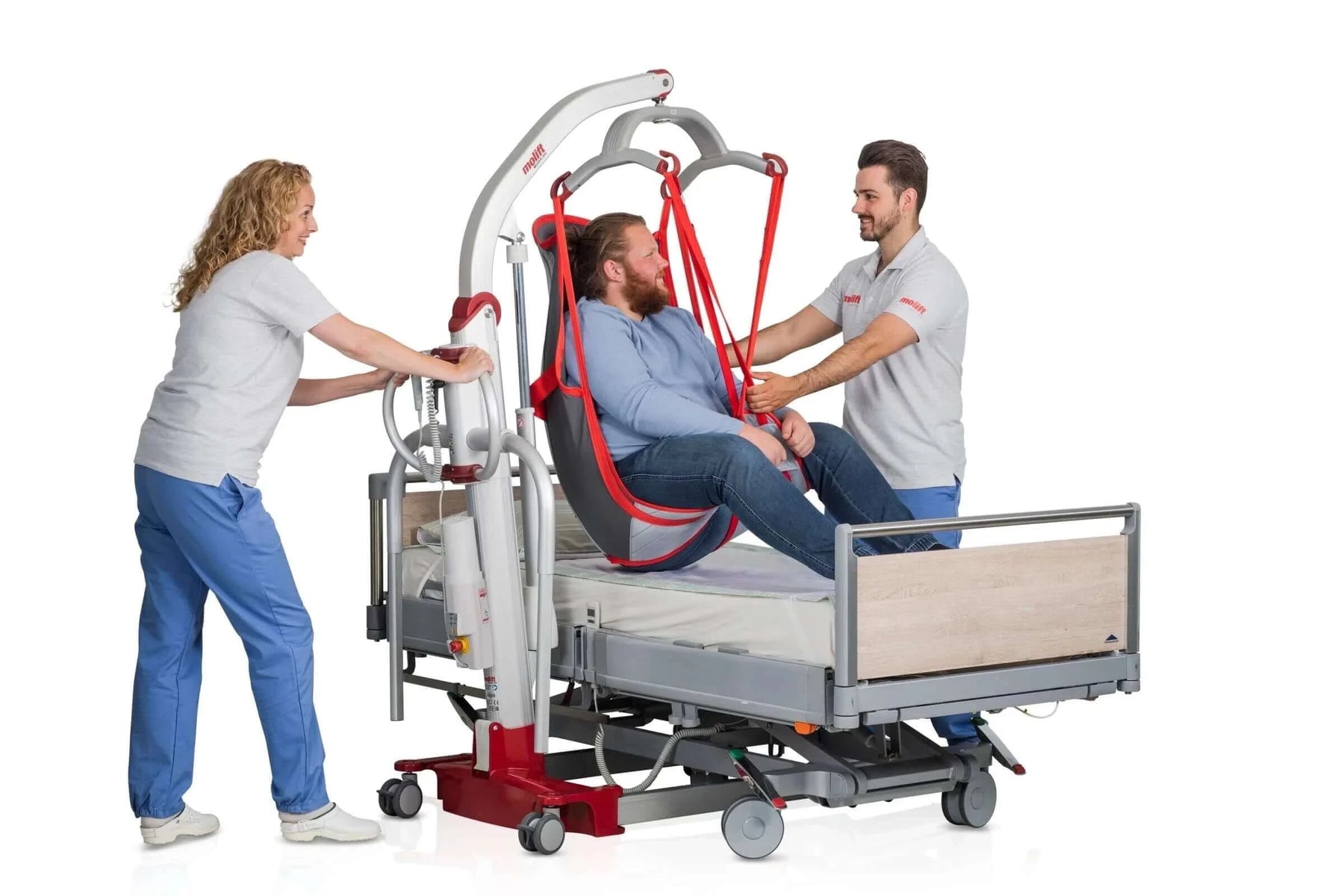
1. Understand the Types of Portable Patient Lifts
When beginning your search, familiarize yourself with the different types of portable patient lifts:
- Manual Lifts: Operated entirely by the caregiver, often using a hydraulic pump.
- Electric Lifts: Powered by batteries or outlets, making transfers smoother and less physically demanding.
- Sit-to-Stand Lifts: Ideal for semi-independent seniors who can support themselves partially.
- Full-Body Lifts: Provide complete support for individuals who are non-ambulatory.
Specialized options include bariatric lifts, designed for heavier weight capacities, and compact models for those with limited space. Consider if a freestanding or ceiling-mounted lift suits your environment better. Taking the time to explore these options ensures you choose a lift that aligns perfectly with your loved one’s needs.
2. Evaluate Weight Capacity for Safety
Safety is paramount, and selecting a lift with the correct weight capacity is essential. Exceeding the recommended load can damage the lift and endanger the caregiver and patient.
- Check the maximum weight limit specified by the manufacturer.
- Opt for models with adjustable weight capacities if multiple users will rely on the lift.
- Verify weight specifications with a healthcare professional for added confidence.
By prioritizing safety, you can prevent accidents and ensure stress-free use for everyone involved.
3. Assess Portability Features
Portability is a key consideration for any patient lift. Look for models with:
- Lightweight frames and compact designs for easy storage and transport.
- Swivel wheels to navigate tight spaces like hallways or small rooms.
- Quick-disassembly features if you need to transport the lift frequently.
If choosing an electric model, ensure it has long-lasting battery life and a power indicator to prevent unexpected shutdowns. A portable lift that integrates seamlessly into your routine can save time and energy.
4. Consider Maneuverability
The ability to move the lift smoothly is critical, particularly in confined spaces. Prioritize models with:
- Slim profiles or bases that can navigate around furniture and through narrow doorways.
- Height adjustment capabilities for greater versatility and comfort during transfers.
A lift with enhanced maneuverability not only simplifies caregiving but also ensures a safer experience for seniors.
5. Review User-Friendliness and Ease of Operation
A user-friendly design makes all the difference. Look for features like:
- Intuitive controls: Simple button layouts and one-handed operation are ideal.
- Padded grips for comfort during handling.
- Easy-to-attach slings or harnesses to minimize setup time.
By ensuring ease of use, you reduce caregiver fatigue and create a more positive environment for both the user and caregiver.
6. Explore Essential Safety Features
Safety features should be non-negotiable. Key elements to look for include:
- Safety locks: Prevent accidental movements during operation.
- Non-slip slings or harnesses: Keep the patient securely in place.
- Compliance with health and safety standards from reputable organizations.
Advanced safety options, like emergency stop buttons and alarms, provide added peace of mind. Understanding and utilizing these features ensures optimal safety during every transfer.
7. Budget for Quality and Affordability
Budgeting effectively helps you find the right lift without unnecessary compromises:
- Determine essential features and set a clear spending range.
- Factor in additional costs for accessories or special slings.
- Explore financing options or refurbished models to save money.
Investing in a high-quality lift minimizes repair costs and ensures reliable performance over time. Always compare options and seek advice from professionals or experienced caregivers.
Conclusion
Choosing the right portable patient lift requires a balance of functionality, safety, and affordability. By understanding the available types, evaluating safety and portability features, and considering user-friendliness, you can select a lift that meets your loved one's unique needs. A well-chosen lift not only enhances mobility but also provides peace of mind for caregivers and families alike.
Ready to find the ideal lift for your loved one? Explore our comprehensive guides and expert-recommended lifts to make an informed decision. Share this article with someone who might benefit!
Let Us Know What You Think!
Your thoughts and questions are incredibly valuable to us, and we'd love to hear from you. If you have additional insights to share, your comments can spark meaningful discussions and enhance the collective knowledge of our community. Don't hesitate to ask any questions you may have; our team is here to provide answers and engage with you. So, please, take a moment to leave a comment or question below. Your input is much appreciated!



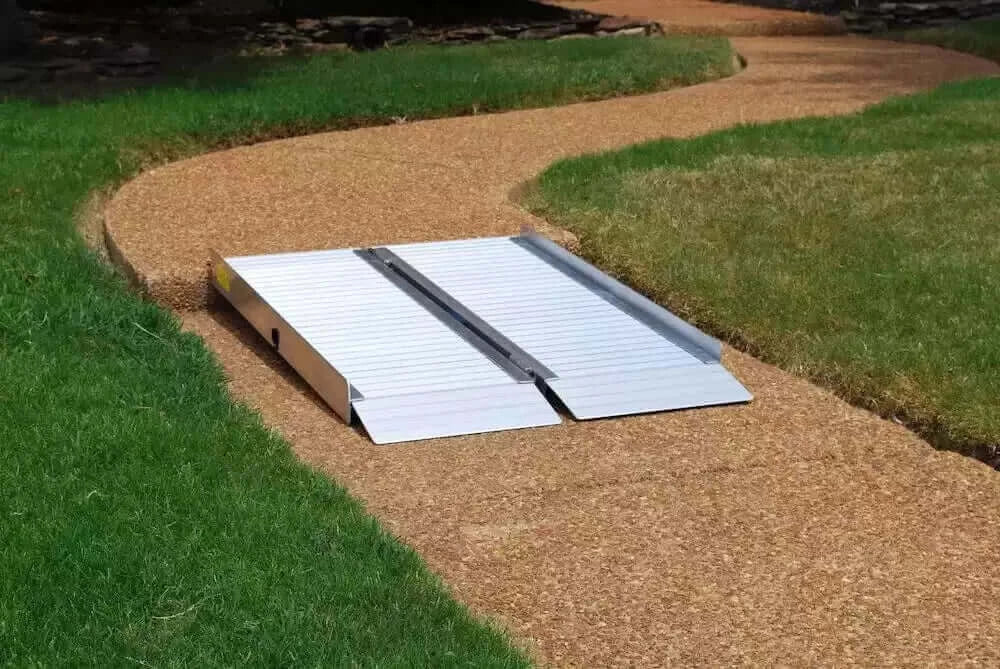
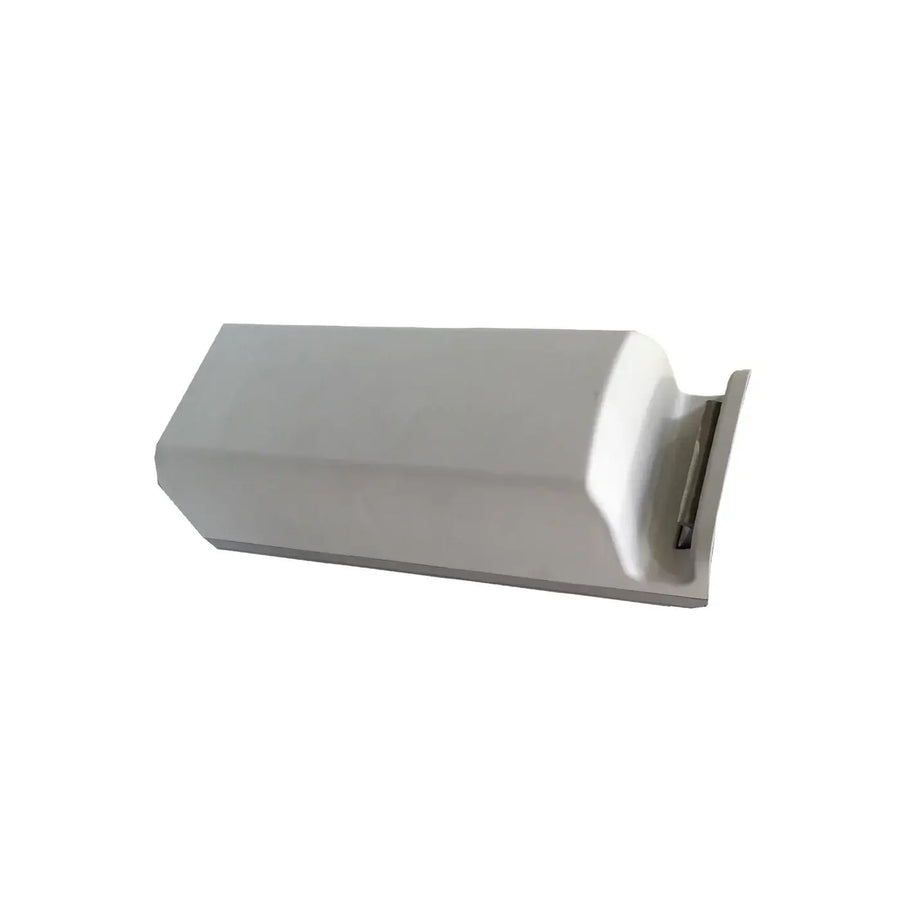
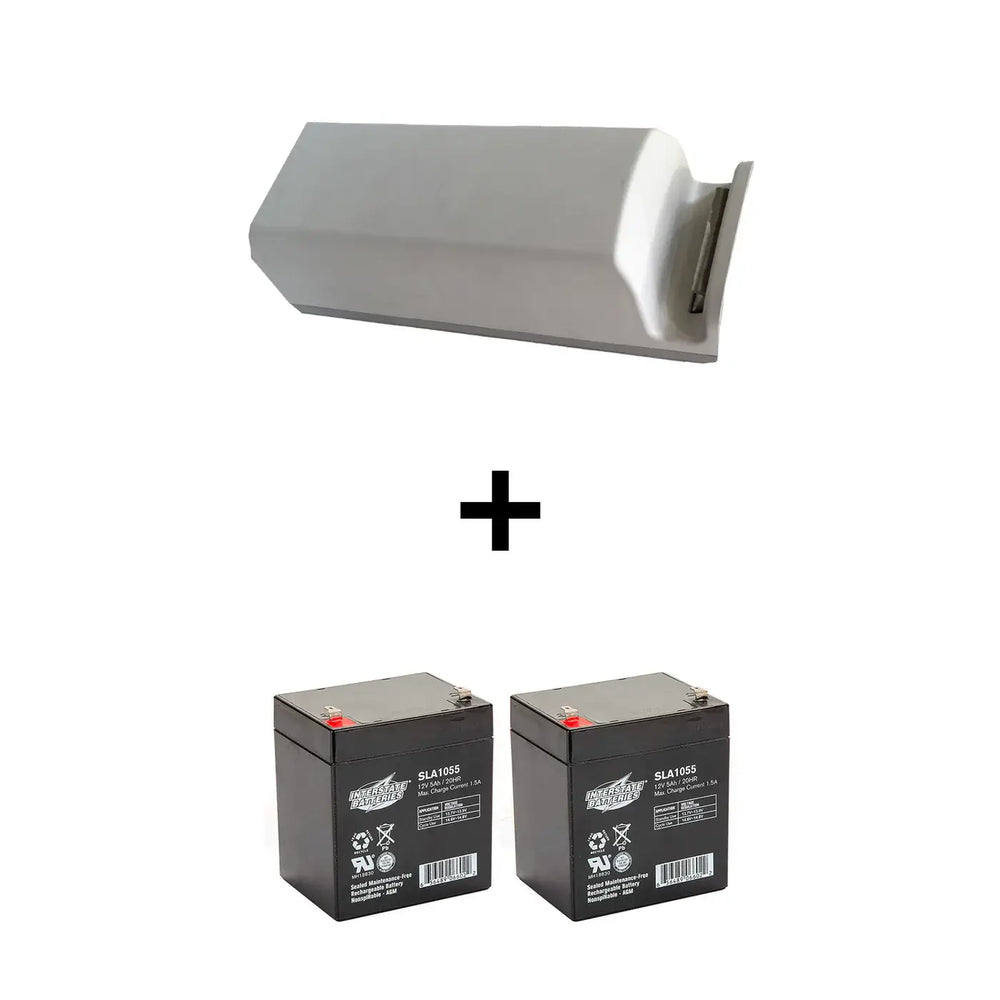

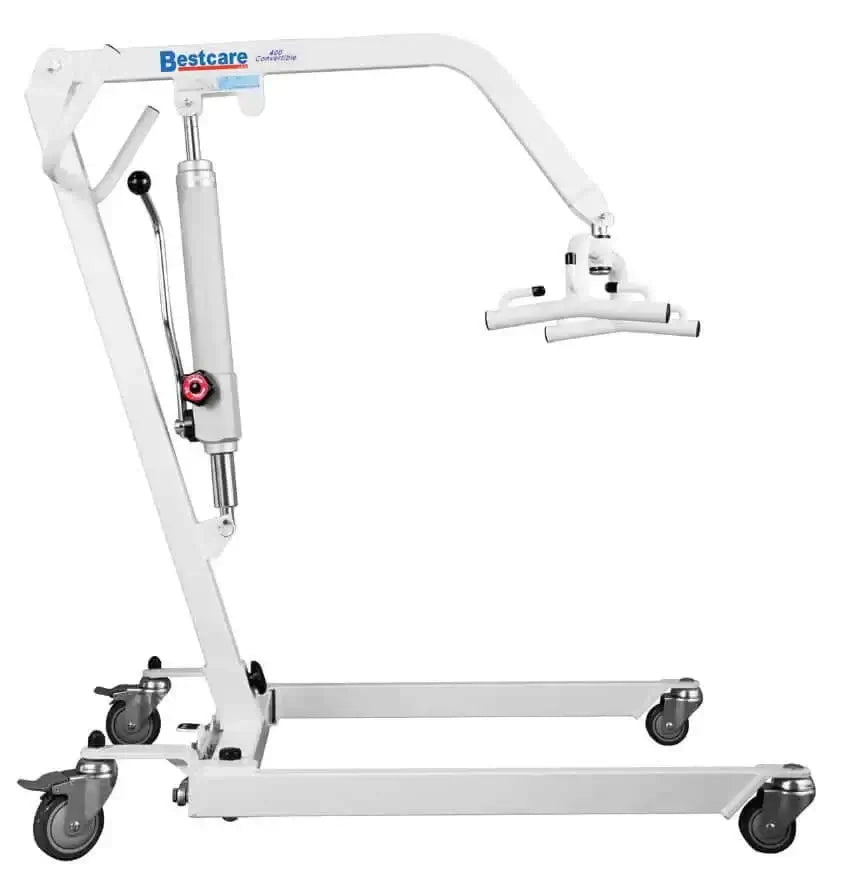
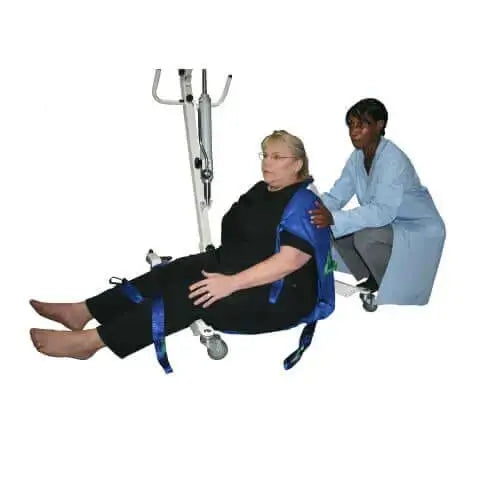
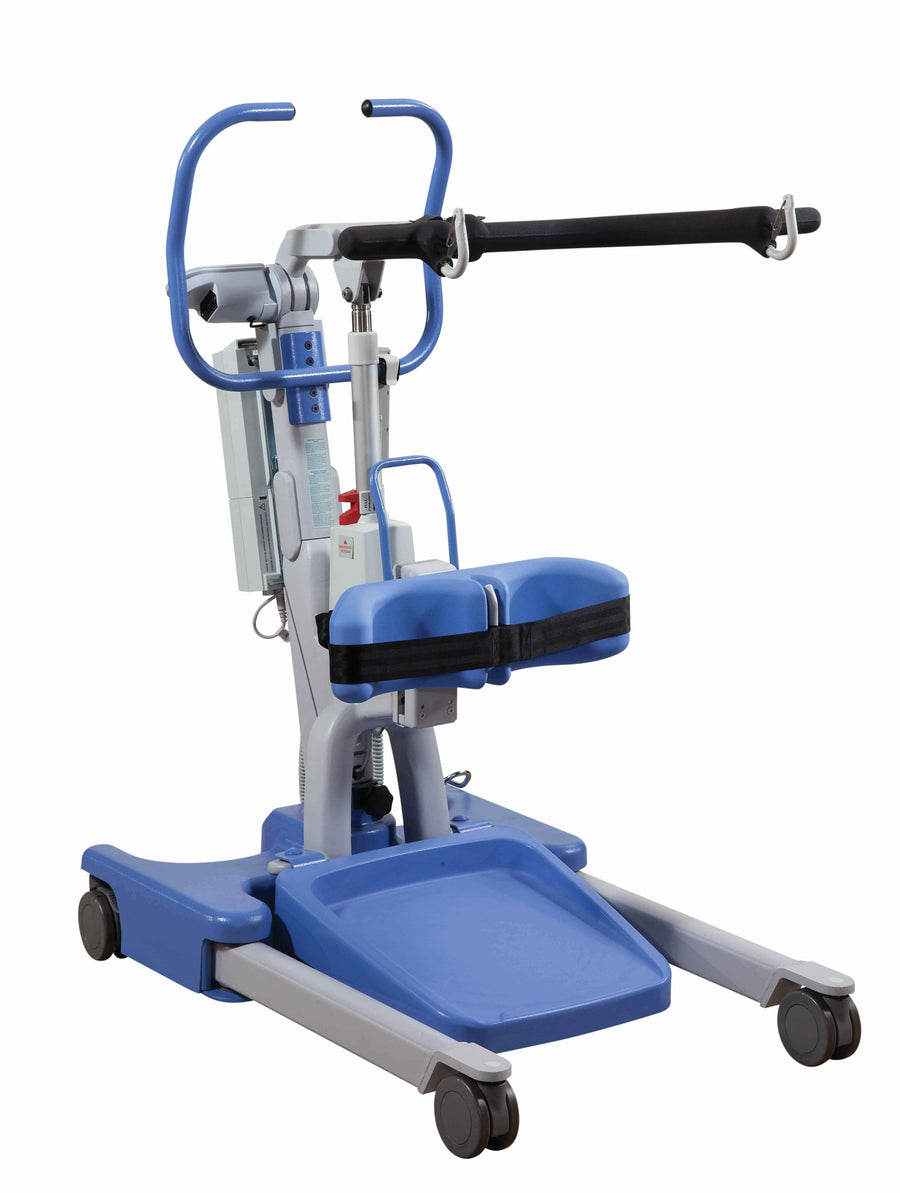
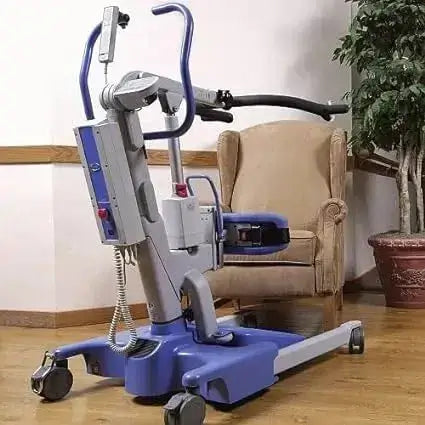
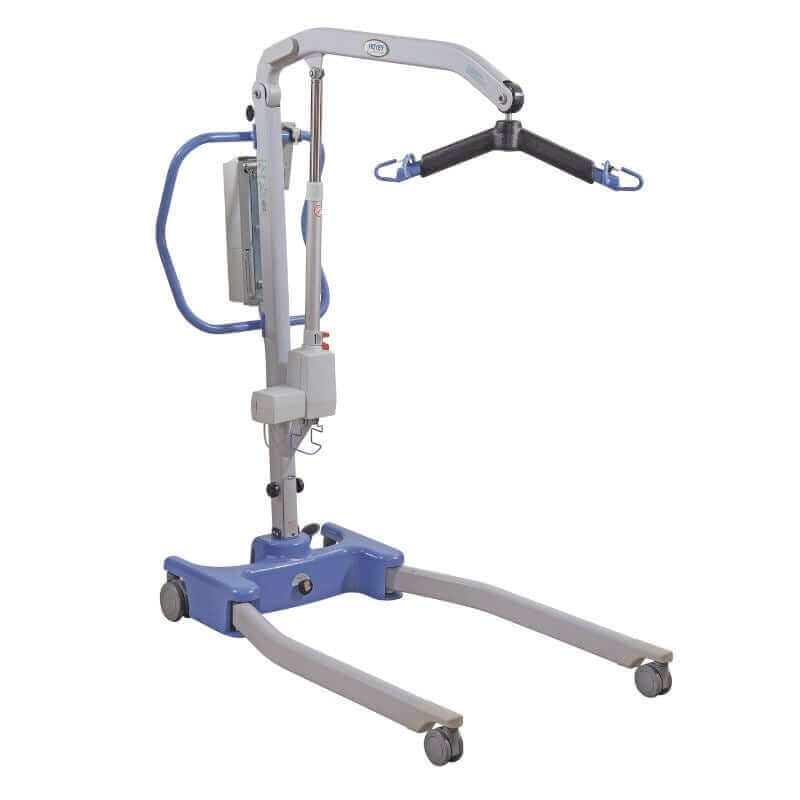
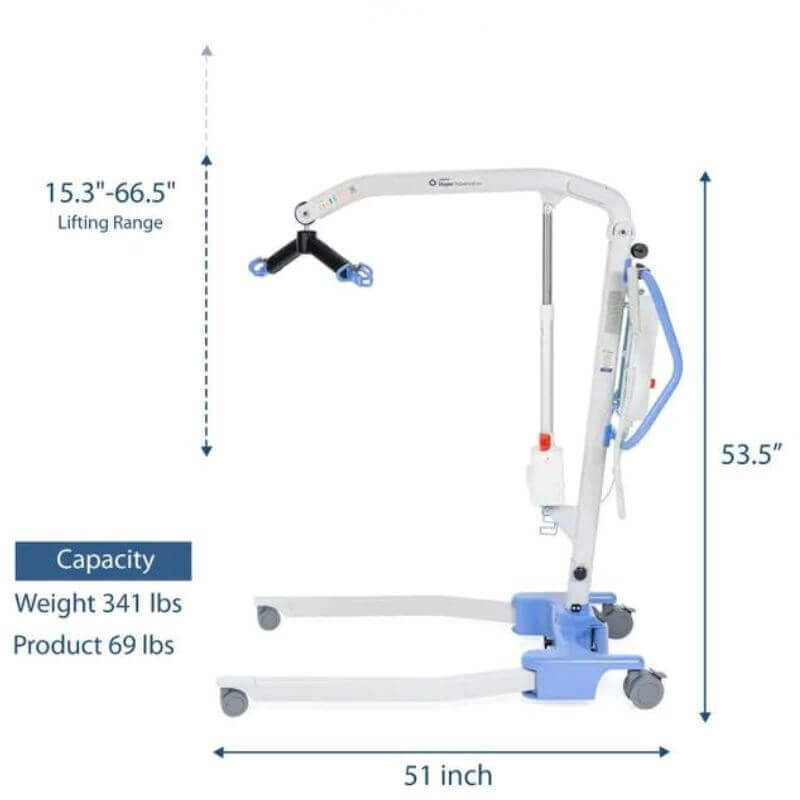
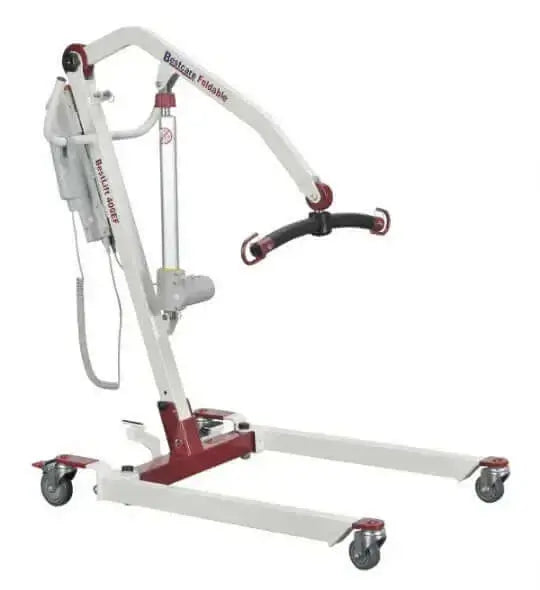
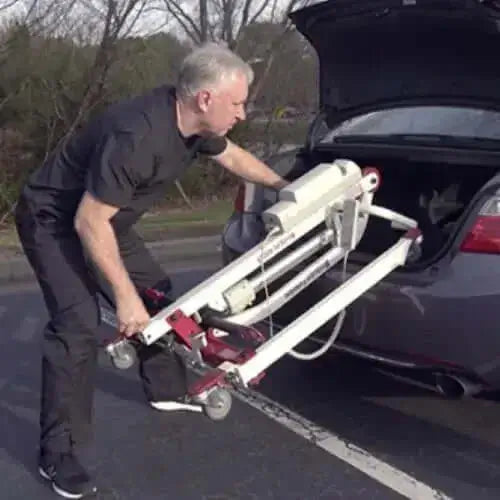
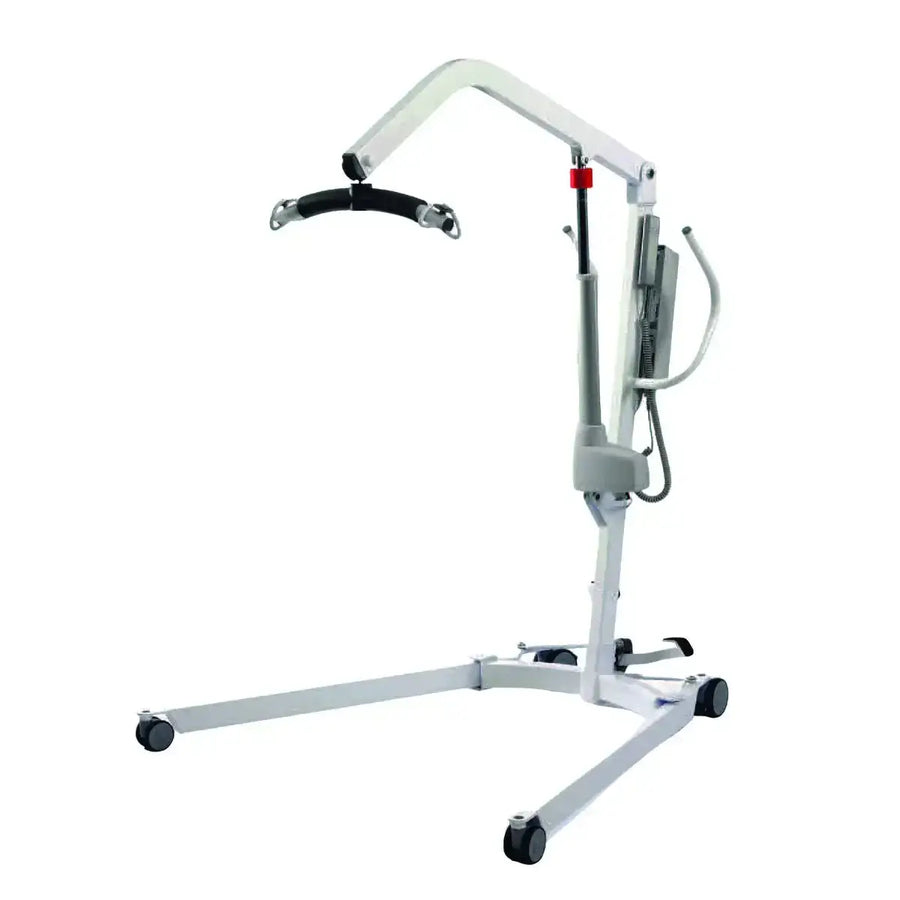
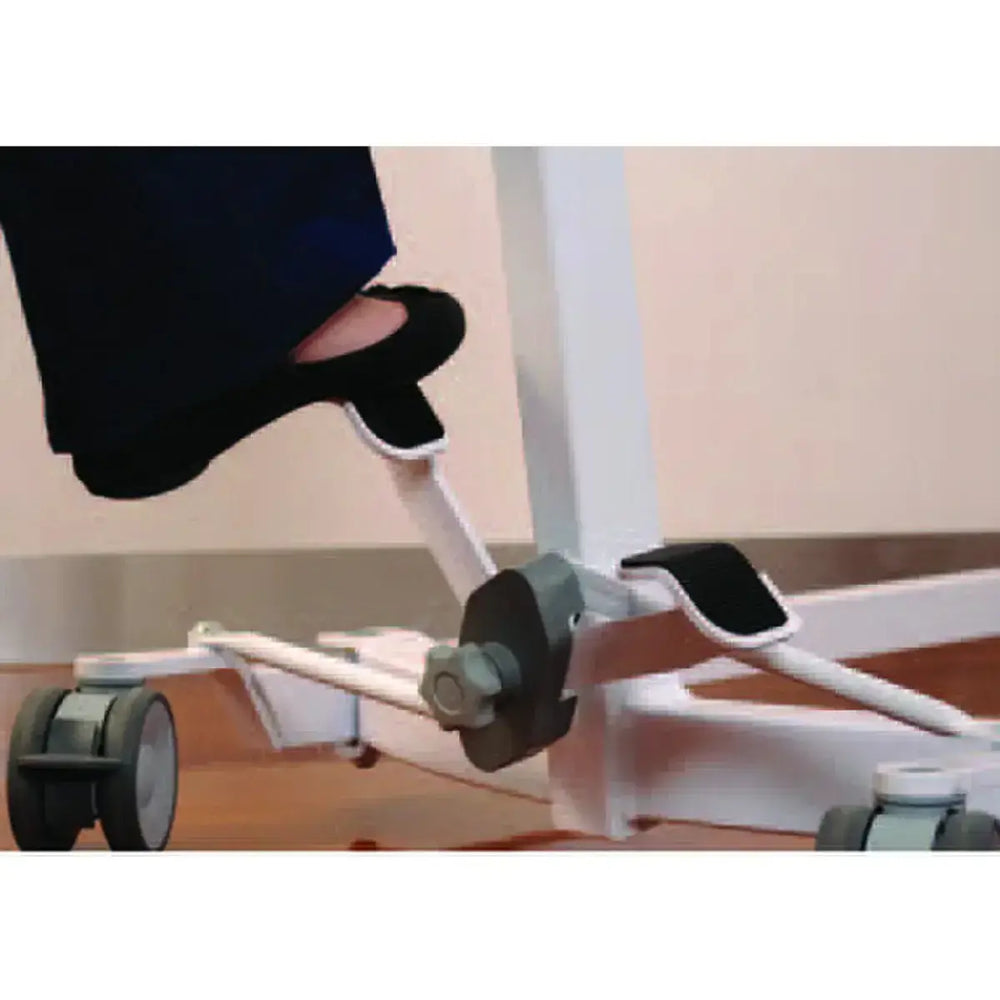
Leave a comment